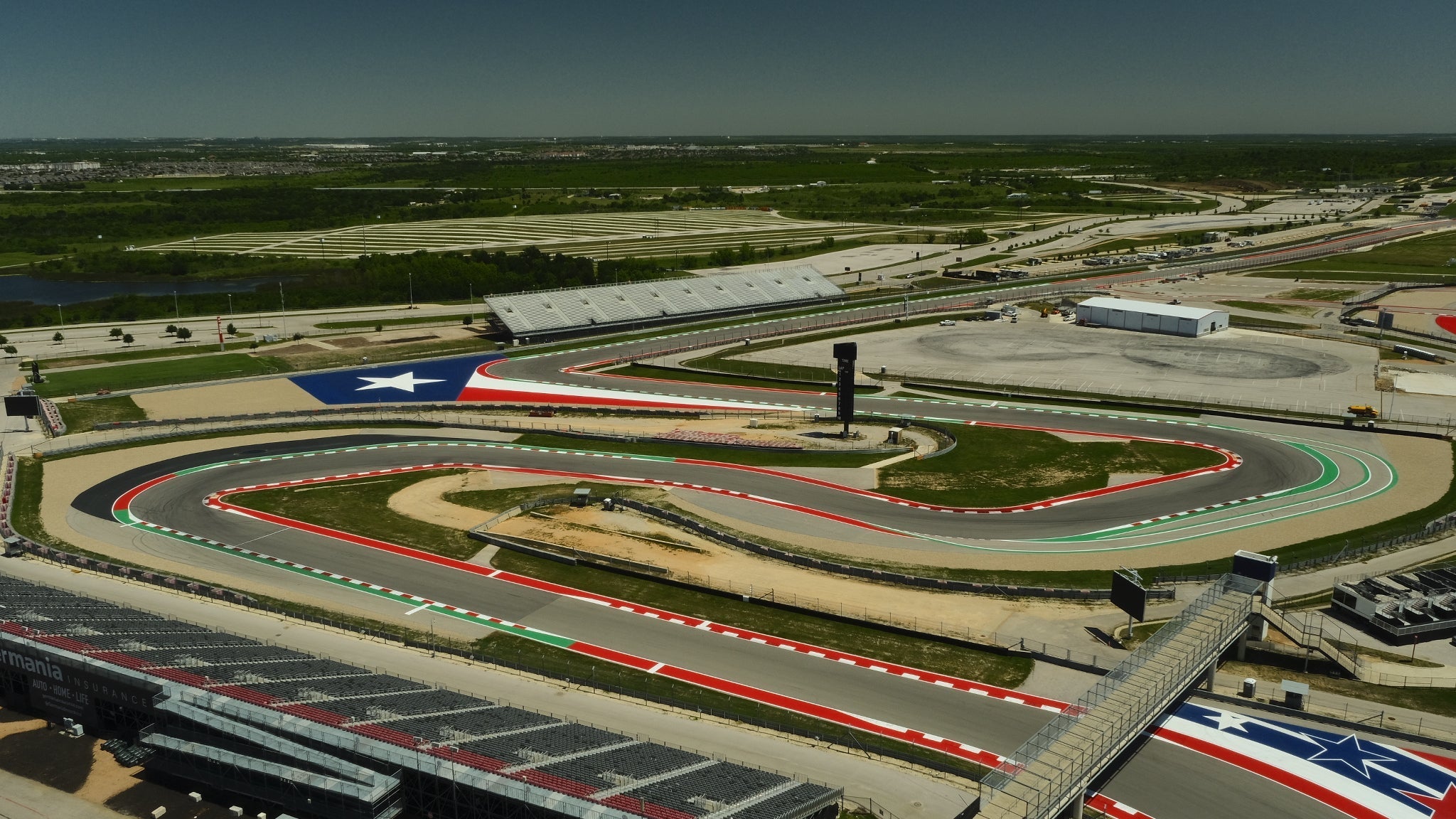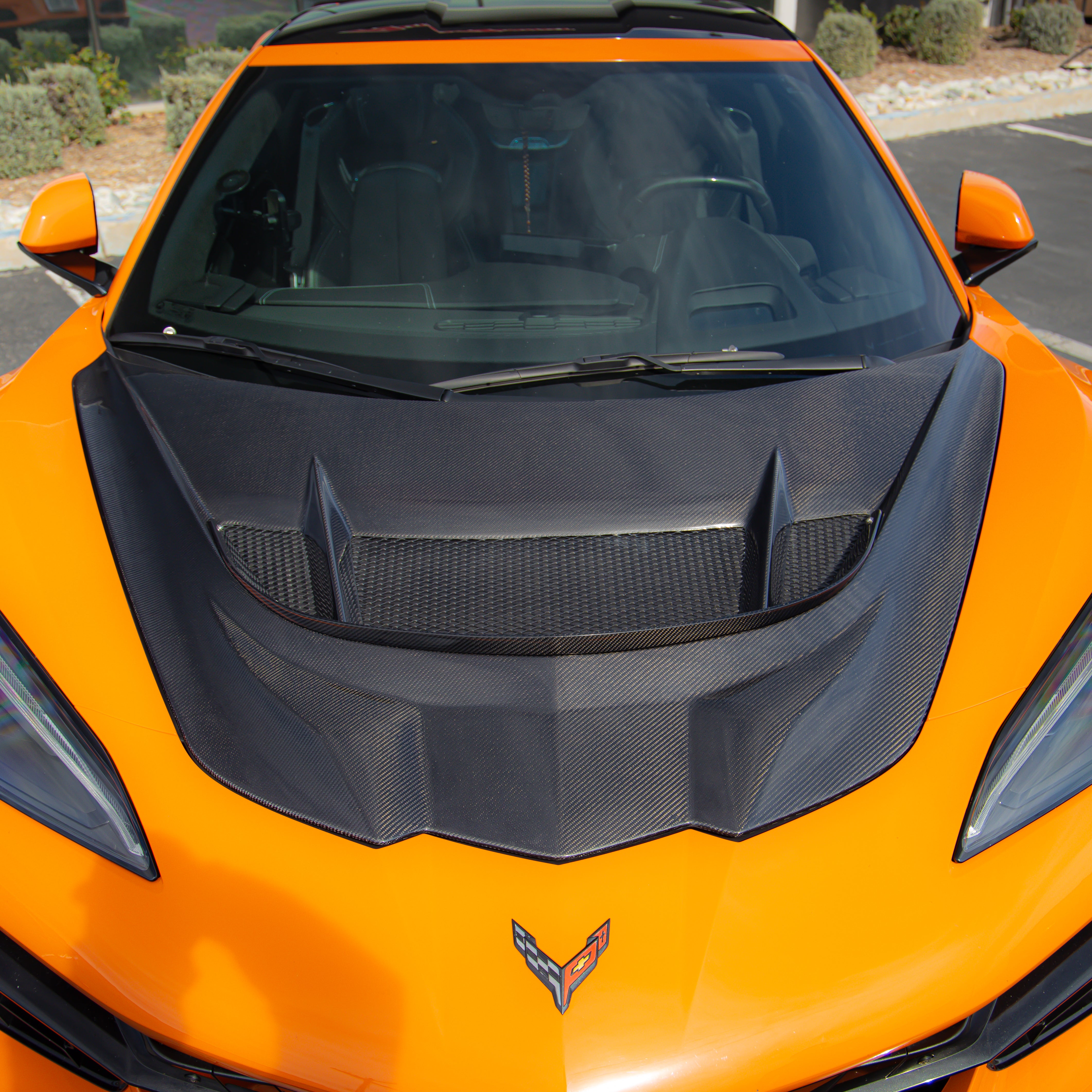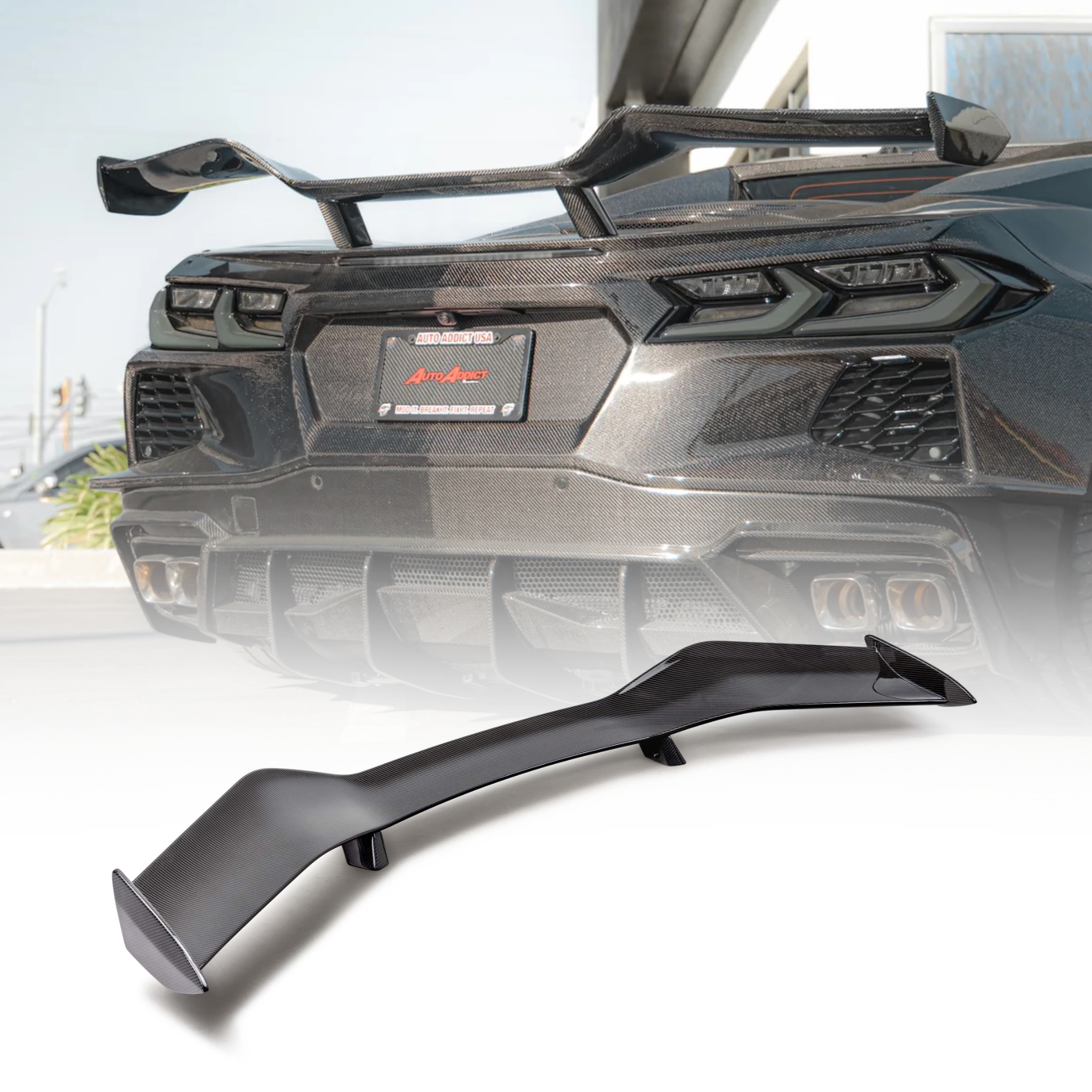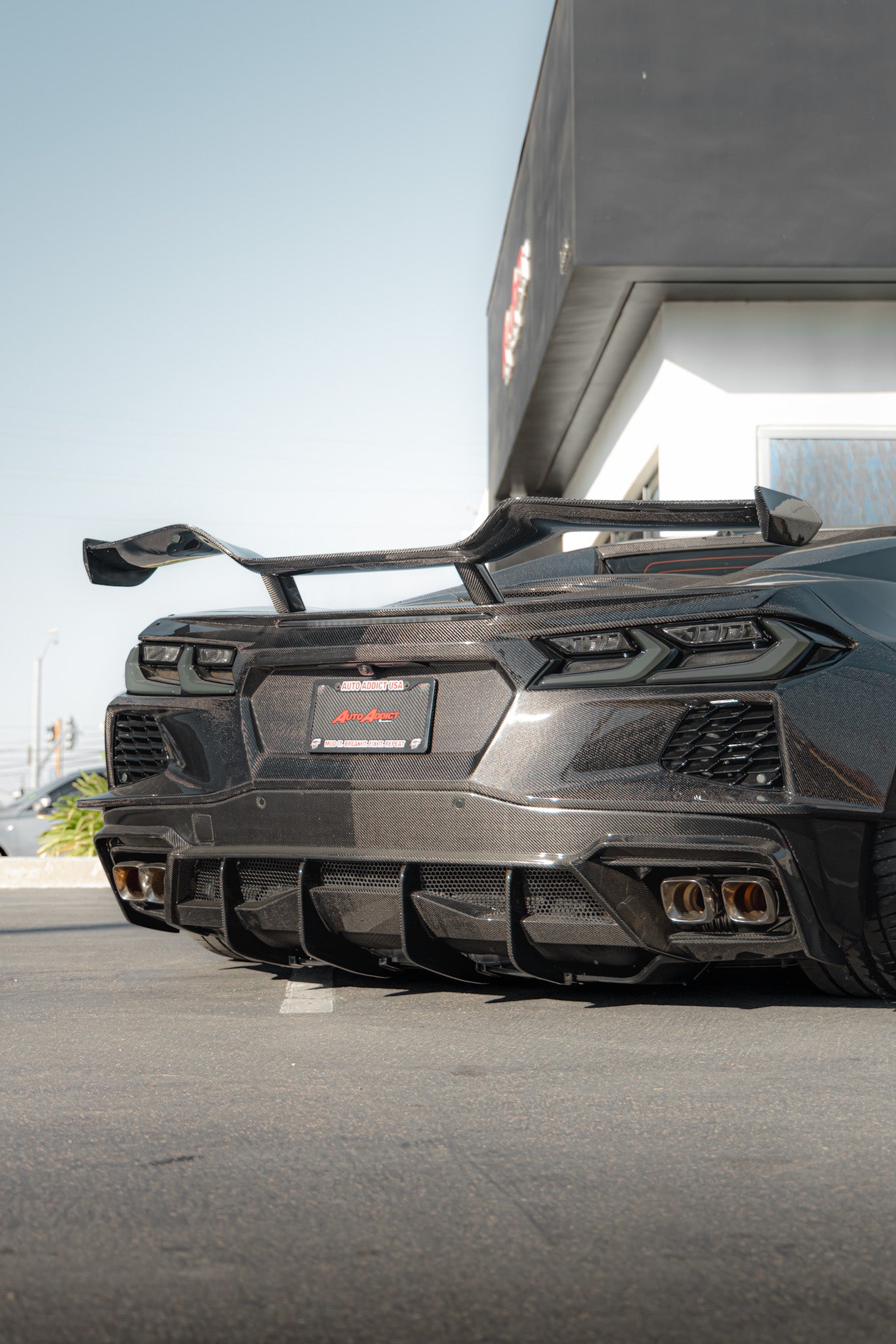As a seasoned track enthusiast and automotive enthusiast who spends countless weekends at the track, I know firsthand the transformative power of a well-tuned suspension. Among all suspension upgrades, anti-roll bars—often called sway bars or stabilizer bars—are one of my favorite modifications for immediate handling gains.
Practically every modern car comes factory-equipped with anti-roll bars. They're vital for engineers aiming to optimize ride quality, handling precision, and overall vehicle responsiveness. But while stock sway bars do a decent job for everyday driving, taking the leap into performance-oriented options can significantly elevate your driving experience, whether you're hitting apexes on the track or carving up twisty mountain roads.
Why Anti-Roll Bars Matter in Performance Driving
Anti-roll bars serve two primary functions:
-
Reducing Body Roll: During aggressive cornering, your vehicle naturally wants to lean outward due to lateral forces. Excessive body roll can disrupt suspension geometry, negatively impacting tire contact with the road and diminishing grip. By minimizing this roll, sway bars maintain optimal suspension angles, ensuring consistent tire traction.
-
Balancing Cornering Loads: Sway bars help fine-tune how cornering loads are distributed between the front and rear wheels. Adjusting this distribution allows drivers to control their vehicle's tendency to understeer (front slides out first) or oversteer (rear slides out first).
When I upgraded the sway bars on my track-day car (NA1 NSX Pictured Above), I immediately noticed sharper steering response and dramatically improved stability during quick directional changes. This improved transient response—the car's ability to quickly "settle" after a steering input—is invaluable, especially on autocross circuits or tight, technical road courses. Less roll means faster transitions from one corner to the next, saving precious seconds and avoiding mistakes like clipping cones or hitting barriers.
How Anti-Roll Bars Work
At its core, an anti-roll bar is essentially a torsion spring: a sturdy steel bar connected to the car's suspension via lever arms and end links. When your car corners and one side's suspension compresses, the sway bar twists, transferring force to the opposite side. This twisting action increases the suspension's effective stiffness against roll, without affecting straight-line comfort.
Interestingly, when both wheels move together, like crossing speed bumps, the sway bar doesn't twist—it merely pivots within its bushings, providing no additional resistance and maintaining ride quality.
Factors Affecting Sway Bar Stiffness
When selecting or tuning an anti-roll bar, several design factors come into play. Here's a simplified breakdown:
-
Diameter: The sway bar diameter is by far the most influential factor. Stiffness rises exponentially with bar diameter—a small increase can result in a noticeably stiffer bar.
-
Lever Arm Length: Increasing the length of the lever arms decreases stiffness significantly. Shorter arms equate to stiffer response.
-
Bar Length: A longer bar generally reduces stiffness, while shorter bars are stiffer.
These relationships offer a practical way to make substantial or subtle handling adjustments based on track conditions or driving style.
Tuning Your Car's Balance
My favorite aspect of anti-roll bars is their ability to adjust the car’s handling balance quickly. Stiffening the front sway bar tends to increase understeer, making the car safer and more predictable but potentially slower through tight corners. Conversely, stiffening the rear sway bar promotes oversteer, offering sharper turn-in and rotation, ideal for agile autocross setups.
Sometimes, reducing roll actually boosts overall grip by keeping the tires in more favorable camber positions throughout a corner. This counterintuitive improvement often benefits vehicles initially equipped with softer suspensions or less-than-ideal suspension geometry.
Design Options and Adjustability
Many aftermarket anti-roll bars come with adjustable end links or variable mounting positions. These adjustments allow precise fine-tuning of stiffness without replacing the entire bar. For ultimate track-focused setups, blade-style adjustable sway bars, commonly found on open-wheel race cars, allow rapid stiffness adjustments through rotation of flat lever arms from stiff (vertical) to flexible (horizontal).
Choosing stiffer materials for sway bar bushings (like polyurethane or metal) instead of rubber will also enhance responsiveness by eliminating unwanted flex.
Practical Installation Tips
To maximize performance benefits, ensure your sway bars aren't pre-loaded when your car sits at static ride height with the driver onboard. Pre-loading can cause inconsistent handling during left versus right turns. Using adjustable end links helps precisely set up your sway bar and avoid this issue altogether.
Striking the Perfect Balance
The key to optimal anti-roll bar tuning is balance. While extremely stiff setups might feel sharp on perfectly smooth surfaces, they can severely compromise traction on uneven or bumpy tracks. A car that's too stiff won't absorb road imperfections effectively, bouncing tires off the pavement and significantly reducing grip.
Ultimately, choosing and tuning your anti-roll bars depends on track conditions, driving style, and personal preference. Thankfully, sway bars are relatively inexpensive and easy to swap out, making experimentation straightforward and rewarding. From weekend autocross enthusiasts to competitive road racers, mastering anti-roll bar adjustments can lead to substantial improvements in lap times and driving pleasure.
Now that you know a lot more about sway bars, check out what we have to offer at Auto Addict USA.
View Sway Bars, Bushings & Braces.








